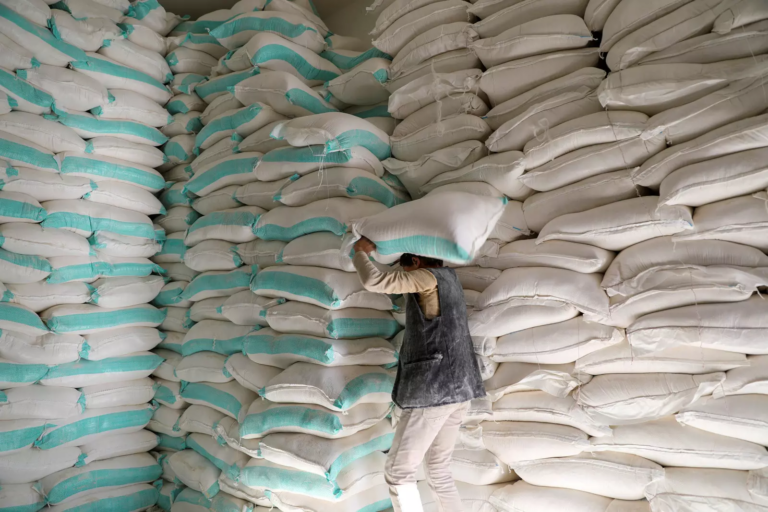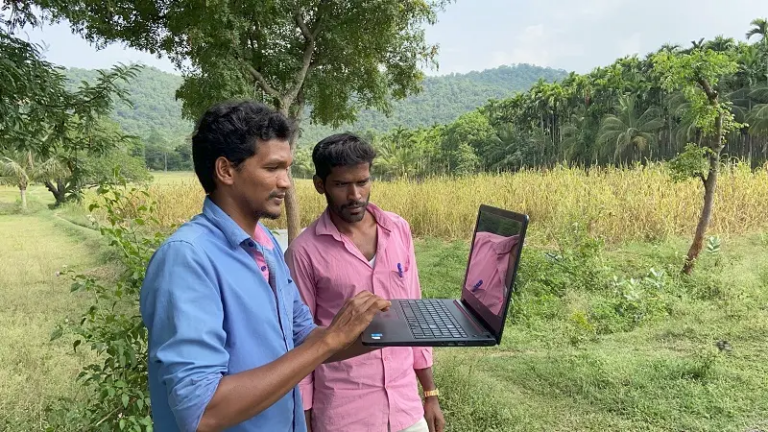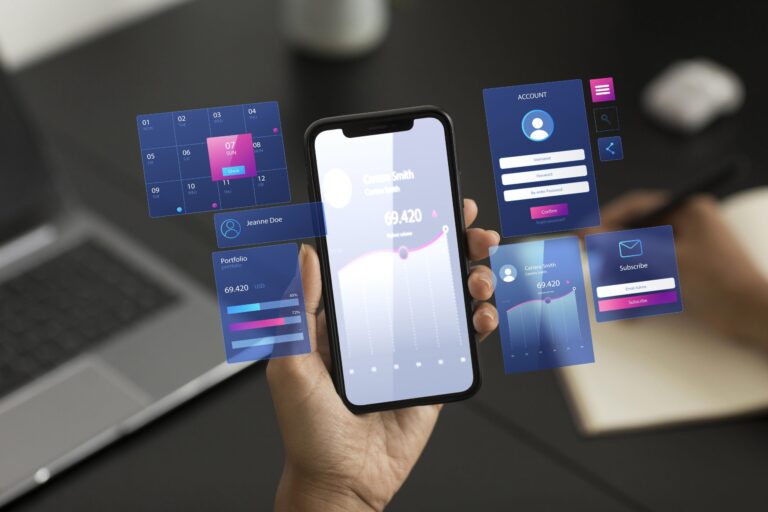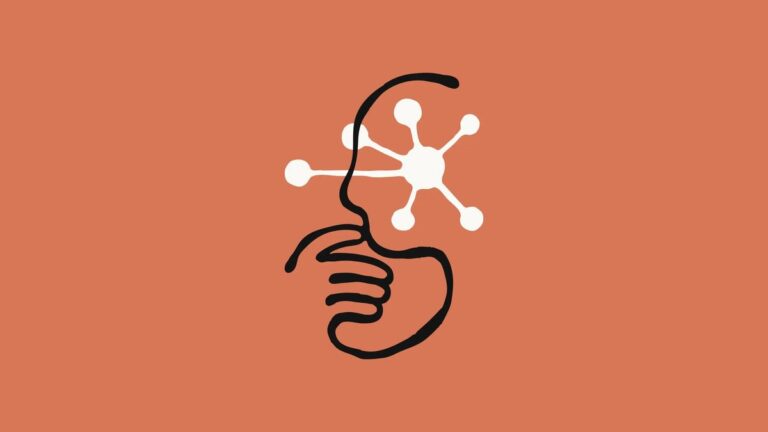Expanding Digital Access for Rural Communities
Expanding digital access for rural communities is no longer a luxury. It is a necessity. In today’s world, internet connectivity means access to opportunity, education, and essential services. Yet, millions of people in remote areas still lack reliable internet. Consequently, the digital divide creates gaps not just in communication, but also in health, income, and long-term development.
The Impact of Connectivity
For rural communities, digital access can be life changing. It allows students to learn from online courses, patients to consult with doctors through telemedicine, and small businesses to reach broader markets. Without access to the internet, these opportunities remain out of reach, thereby limiting both personal and regional growth.
Why the Gap Still Exists
Several factors contribute to poor digital access in rural areas. For one, infrastructure is expensive to build in remote locations. Moreover, internet providers often do not see a financial incentive to invest. In some cases, even when connectivity exists, it is slow, unreliable, or too costly for local residents to afford. Therefore, targeted solutions become essential.
Innovative Solutions for Rural Connectivity
Advancements in technology are helping bridge the gap. For example, satellite internet, community Wi-Fi hubs, and mobile network expansions are providing new options for rural areas. Governments, nonprofits, and private companies are working together to fund and implement these solutions, ensuring that digital access for rural communities becomes a long-term reality.
In some countries, local mesh networks have proven effective. These decentralized systems connect households through a shared infrastructure that keeps costs low and coverage wide. Combined with solar-powered systems and offline content servers, even the most remote villages are becoming part of the connected world.
Empowering Communities Through Access
Digital access does more than connect, it empowers. For instance, farmers can check market prices and weather forecasts. Entrepreneurs can access financial tools and e-commerce platforms. Students can join virtual classrooms. With proper training and tools, digital access for rural communities leads to more independence, resilience, and growth.
What Still Needs to Be Done
While progress has been made, millions still remain offline. To close the digital gap, there must be continued investment in infrastructure, affordable service plans, and local training programs. It is not just about building towers, it is about building knowledge and trust. Therefore, communities must be part of the process to ensure solutions are sustainable.
A More Connected Future
Expanding digital access for rural communities is about creating equity. It ensures that no one is left behind simply because of where they live. By connecting the unconnected, we unlock potential that benefits everyone, rural and urban alike.












